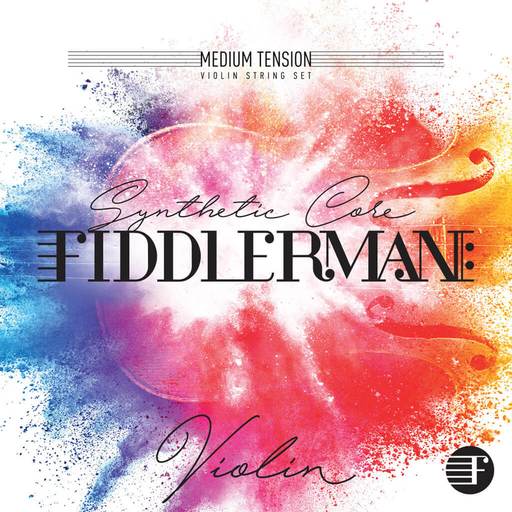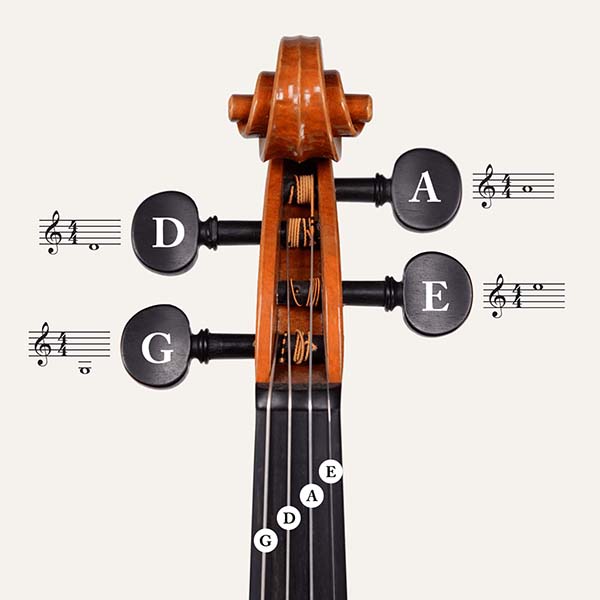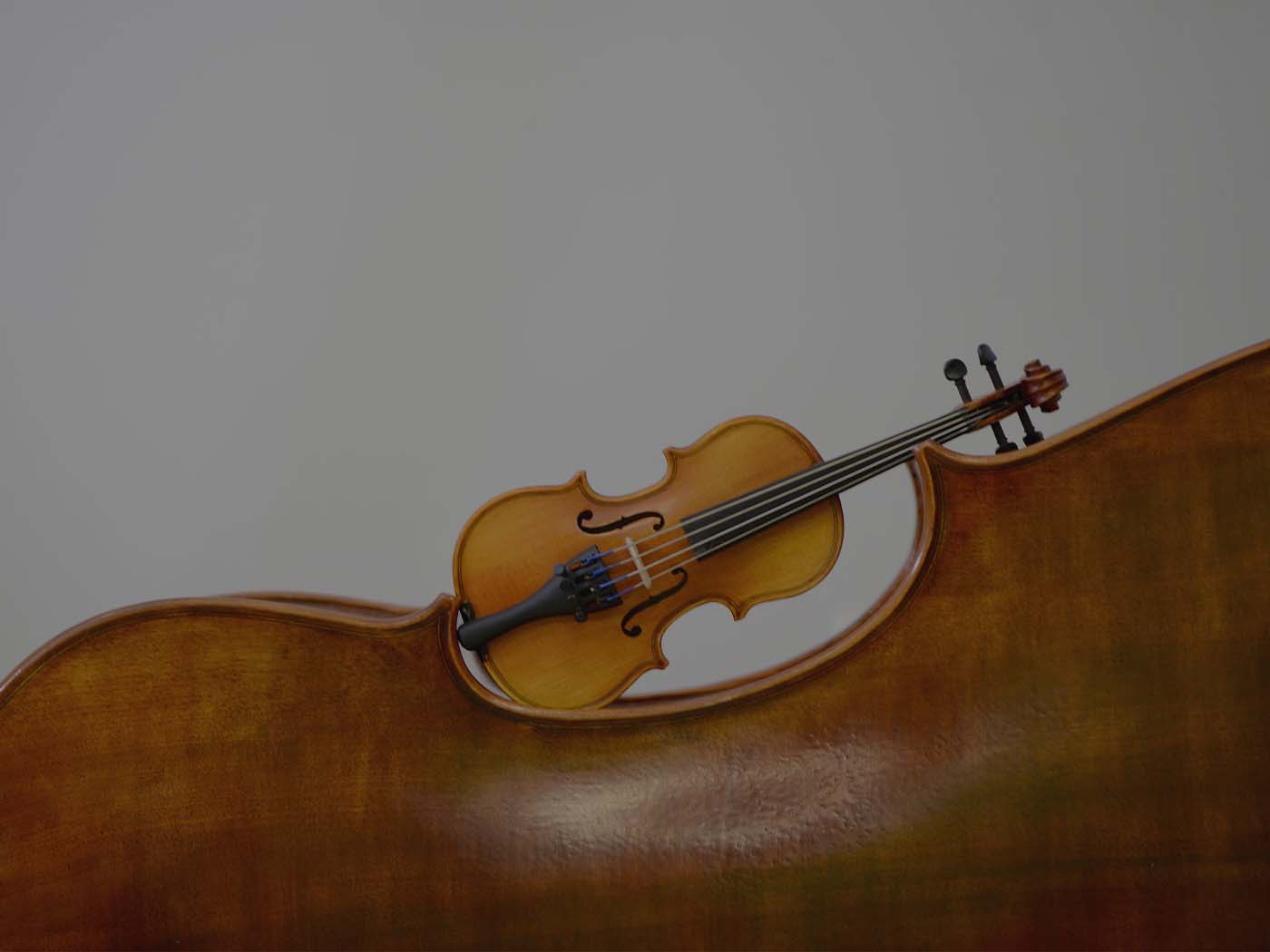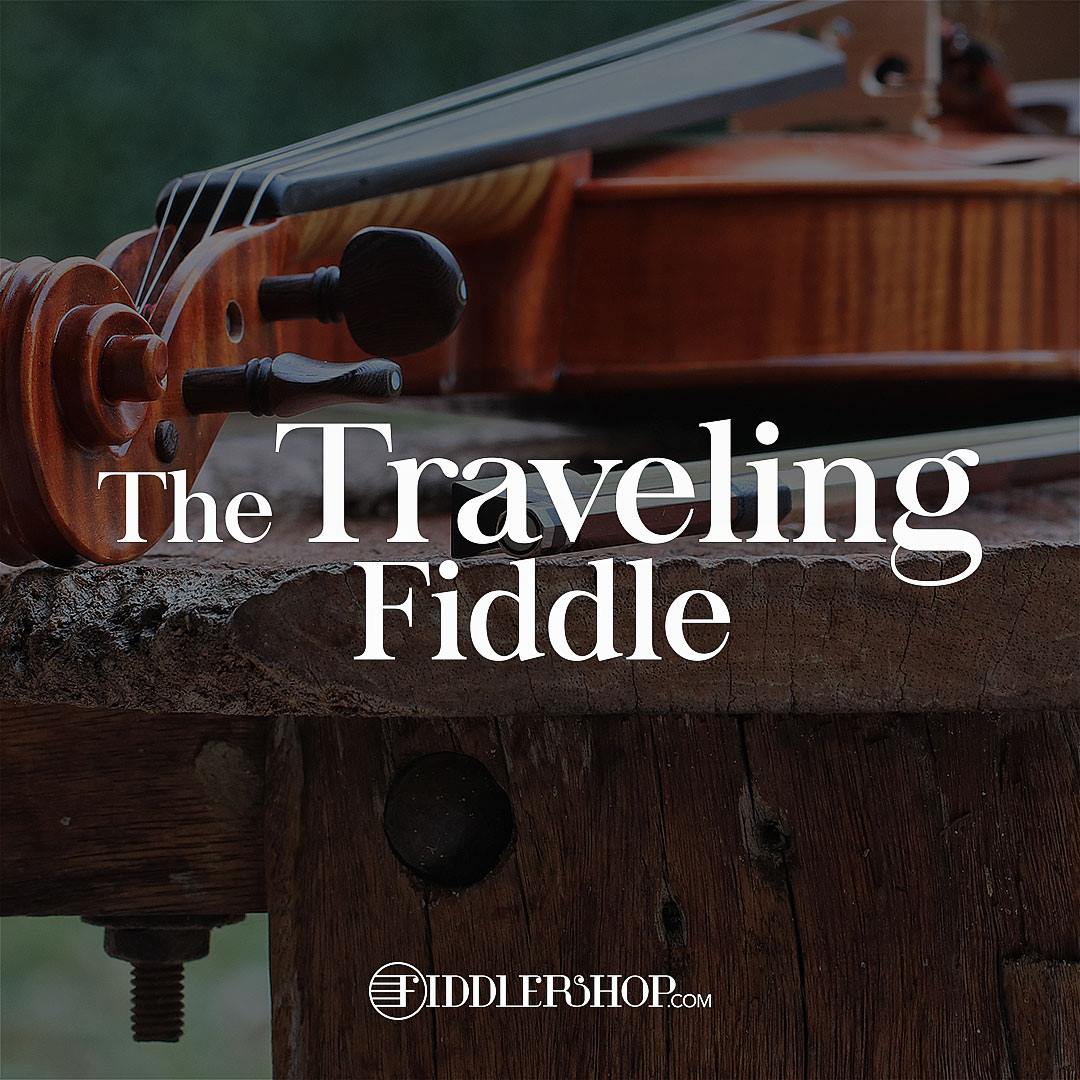So, how do you go about searching for your very first violin teacher?

1. Assess Your Goals
Think about what you want from your violin education. Are you expecting to play high-level repertoire and someday enter a conservatory? Are you wanting to play alternative styles of music? Are you content with playing for yourself and playing relatively easy pieces?
If you want to study fiddle, what style? Irish, Scottish, bluegrass, old-time, etc…? Or, are you only interested in classical, jazz, or blues violin? Once you know what you want from the instrument, it will help you narrow down your search.
2. Finding a Teacher
Where does one even begin to search for a violin teacher? It’s recommended to search reputable places such as the Music Teachers’ National Association and the Suzuki Association directories. These organizations provide a list of teachers with certifications in these methods of learning.
However, word-of-mouth is also a great way to find someone. Teachers will often leave their business cards in music shops and schools. You can call your local violin shops or music stores to ask who they recommend for violin lessons. Music schools or colleges and universities with music programs will also have string teachers who can point you in the right direction.
If those options don’t work for you, you can use other search directories such as Thumbtack, Violinist.com, and TakeLessons.
If you don’t have a violin teacher in your area, there is the option to learn online with a teacher through video chat, video exchange, and pre-recorded video series.

Photo by @pranelli (Twenty20.com)
3. Price Range
What are lessons worth to you? Based on your goals, you can now determine how much you are willing to invest in your musical education.
Depending on the city, state, or town you reside in, prices can range from $25 to $200 per hour. The price the teacher chooses to charge is not an indication of being good or bad at what they do. Factors such as the demand, competition, and cost of living plays a role as well as how many students they have, and what those students are working towards. For example, teachers with more advanced students working on more complex repertoire are more likely to charge a higher price. Whereas teachers guiding beginning and intermediate students might charge a little less.
In any case, you want to make sure your first teacher has the proper certifications, experience, or degrees necessary to teach you the instrument. A teacher with multiple degrees in music may charge more in order to recoup the cost of years worth of a higher education.
Some teachers might not have a degree, but they may have years worth of experience, and some have certifications in particular methods, such as Suzuki and ABRSM (The Associated Board of the Royal Schools of Music).
4. Set Up a Trial Lesson
Many music teachers will offer a free trial lesson. In this lesson, take note of how your teacher explains the information. Is she easy to understand? Does she use creative and fun ways to break the information down? Are you bored during the lesson?
A trial lesson is a good way to determine whether you and the teacher will click personality-wise as well. You don’t want a teacher who will suck the passion for the instrument out of you because of a clashing of thoughts and unaligned goals for your journey on the violin.
By Jasmine Reese







